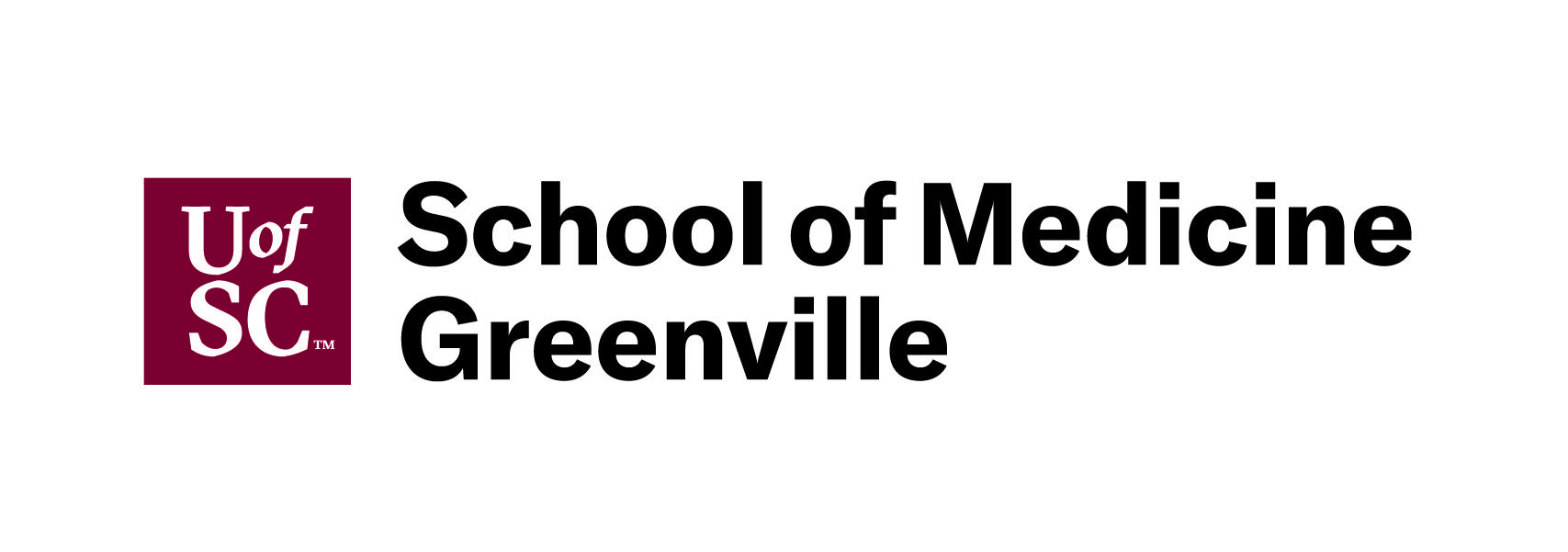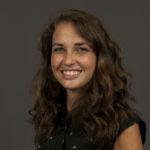
Get the latest articles delivered directly to your inbox!
Our Contributors
Class of 2022
Kyle Duke
Austin Foster
Charlotte Leblang
Ross Lordo
Class of 2021
Dory Askins
Connor Brunson
Keiko Cooley
Mason Jackson
Class of 2020
Megan Angermayer
Carrie Bailes
Leanne Brechtel
Hope Conrad
Alexis del Vecchio
Brantley Dick
Scott Farley
Irina Geiculescu
Alex Hartman
Zegilor Laney
Julia Moss
Josh Schammel
Raychel Simpson
Teodora Stoikov
Anna Tarasidis
Class of 2019
Michael Alexander
Caitlin Li
Ben Snyder
Class of 2018
Alyssa Adkins
Tee Griscom
Stephen Hudson
Eleasa Hulon
Hannah Kline
Andrew Lee
Noah Smith
Crystal Sosa
Jeremiah White
Jessica Williams
Class of 2017
Carly Atwood
Laura Cook
Ben DeMarco
Rachel Nelson
Megan Epperson
Rachel Heidt
Tori Seigler
Class of 2016
Shea Ray
Matt Eisenstat
Eric Fulmer
Geevan George
Maglin Halsey
Jennifer Reinovsky
Kyle Townsend
Join USCSOMG students on their journeys to becoming exceptional physician leaders.

Gross Anatomy
Gross Anatomy. The infamous class of the first year of medical school. Everyone must take it, and there is no getting around the fact that it is one of the most challenging courses medical students face.
As someone who had never taken a single anatomy course before coming to medical school, I was especially intimidated. 18 weeks, the entire structure of the human body to learn.
There are no words that could adequately describe the first day of gross anatomy. You wake up in the morning, a normal person who is still feeling amazed at how fortunate you are to have gotten accepted to medical school, equally excited and terrified of what is to come. By the afternoon, you are standing at a table with two of your newest friends, looking at a human cadaver. You are handed a scalpel, and in a matter of seconds, you are transformed from a pre-medical student full of the daydreams of being a physician to a medical student. In a few short minutes, you realize you have been entrusted with the responsibility and the privilege of getting to experience a side of humanity few ever experience. A side of humanity that is sacred and intimate.
But as the days drag into weeks, the hours in lab add up, your exhilaration starts to feel exhausted, and the privilege of the cadaver grows old. Anatomy is monotonous; there are way too many arm muscles that all sound alike, cardiac physiology feels impossible, and nerves are hard to identify. There is a transition from awe to frustration. It becomes increasingly easy to disconnect, detach, and forget the human element of medicine.
That is, it was easy for me to disconnect until I saw my donor’s cause of death.
Respiratory failure.
I walked around the room to see all the causes of death.
In that moment, the cadavers were not the tools through which I was learning anatomy. These were mothers, brothers, daughters, husbands. These were humans who had full lives; who lived and who died. These were all people who were gracious enough to offer themselves to me; offer themselves to all of us to be the very first teachers in our long journey of education. They offered themselves so, someday in the future, when we are out in the world practicing medicine, we will understand cardiac physiology, we will know the muscles of the arm, and we will have seen where the nerves are. We will be able to heal others because of their contribution.
Gross anatomy felt like the true beginning of my journey to becoming a physician. I will never forget the first time I picked up a scalpel and made an incision. I will never forget the exhilaration of getting to discover the depths of the human body for the first time. I will never forget holding a human heart in my hands. I cannot overstate how grateful I am to my donor. I am indebted to her for all that she has taught me. She has played a vital part, not only in my education, but in my life; I am thankful to her for allowing me to be a part of hers.
I am originally from Buffalo, New York where I grew up eating real chicken wings, watching the Buffalo Bills, working as a barista and shoveling four feet of snow off my driveway each morning. I moved down south in 2013 to attend North Greenville University where I obtained a degree in biology with a focus on environmental studies. During my time at NGU I gained both a passion for health care and a love for the community of Greenville. So when I decided to attend medical school, it was no question that USCSOMG was my top choice. I am stoked to be beginning my journey to become a physician as a member of the Class of 2020.
Copyright 2021 USC School of Medicine Greenville


